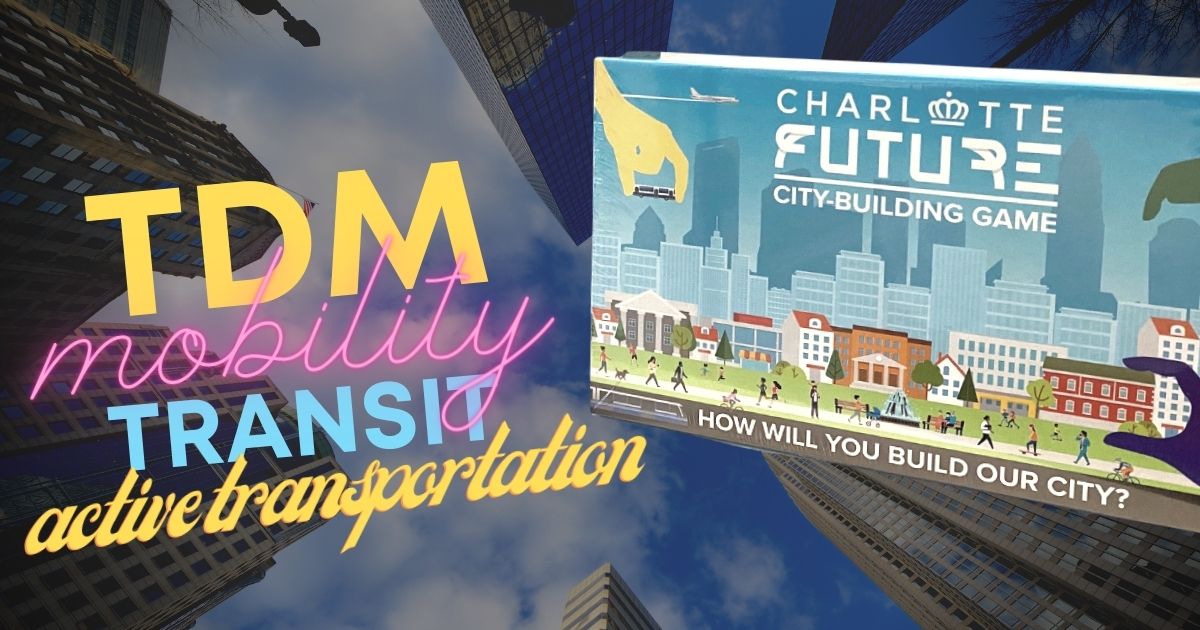As outlined in our December 7
The Benefits of TDM
But what is TDM? TDM reduces travel demand by changing behaviors, particularly at peak commute hours. It creates strategic ways to get cars off the road and out of garages, to create work-life balance, and to reduce stress. But that is not all. Communities benefit from improved health and a cleaner environment. Everyone benefits by the economic stimulus of empowering people to live and play in their own communities.
Goal 5 of Charlotte’s comprehensive plan is focused on “SAFE AND EQUITABLE MOBILITY”. More specifically the goal states:
“Charlotte will provide safe and equitable mobility options for all travelers regardless of age, income, ability, race, where they live, or how they choose to travel. An integrated system of transit, bikeways, sidewalks, shared-use paths, and streets will support a sustainable, connected, prosperous, and innovative network that connects all Charlotteans to each other, jobs, housing, amenities, goods, services, and the region.”
Two of the objectives in the draft Charlotte Future 2040 Comprehensive Plan (The Plan) that center on TDM can be found in Goal 5 of the Plan. They emphasize how the City of Charlotte should (emphasis ours):
- “Increase access to sustainable and zero carbon transportation modes and mobility options to support our Strategic Energy Action Plan.” (Objective 5c)
- “Increase the share of trips made without a car to broaden the connectivity and capacity of our transportation infrastructure.” (Objective 5d)
In summary, moving more people in fewer cars (a.k.a., TDM) will help Charlotte maximize the infrastructure it has while minimizing the impact on the environment.
But how do we get more people to use fewer cars? Or in technical terms, how do we shift the mode of transportation that people use?
TDM Options for Charlotte’s Comprehensive Plan Goals
The Plan includes several policies that support the “Big Idea” of setting an aggressive mode shift goal.
5.3 – Increase access to zero carbon transportation options
Goal:
“5.3 – Increase access to zero carbon transportation options for first- and last-mile trips and provide new and adapt existing transportation infrastructure to support a range of tree-shaded sustainable transportation choices.”
Solution: Shared Streets
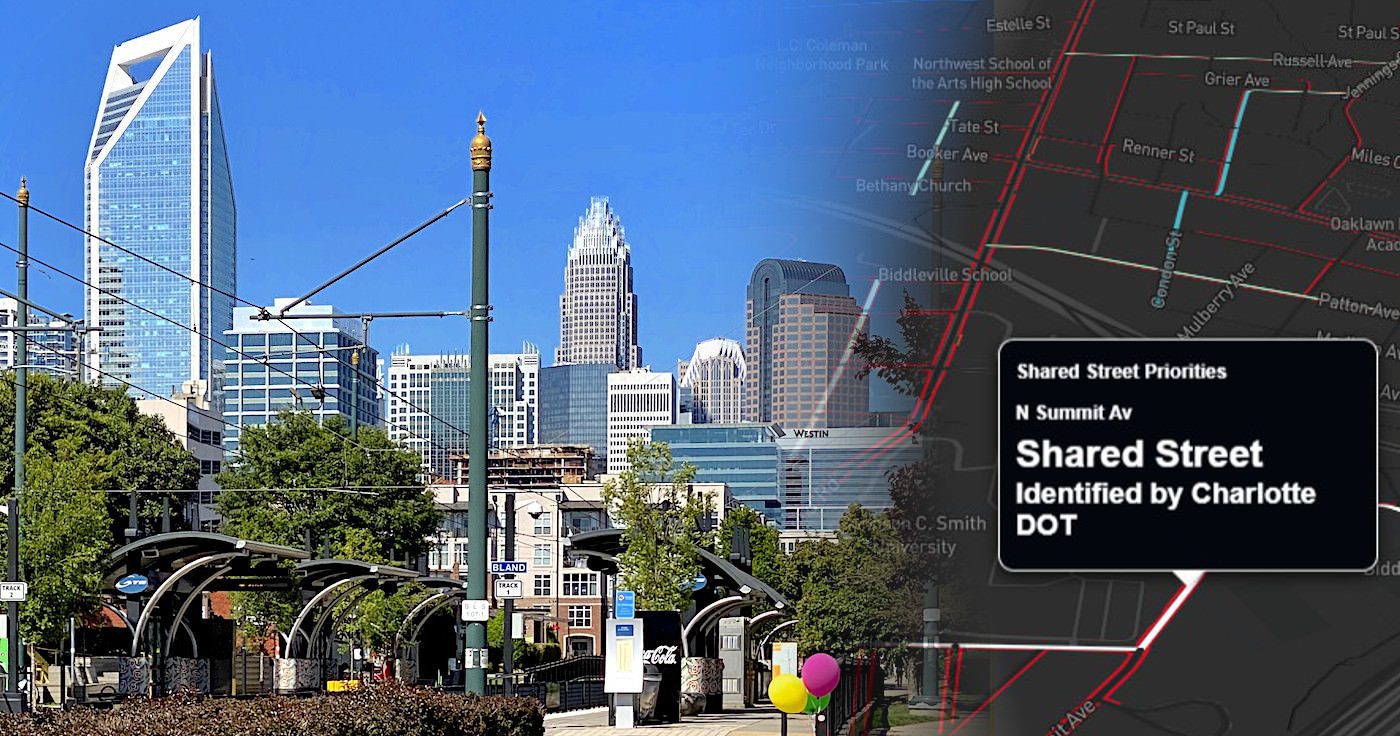
5.4 – Increase the mode share of walking, biking, transit and shared/micro mobility
Goal:
“5.4 – Increase the mode share of walking, biking, transit and shared/micro mobility, setting and tracking goals for investment in infrastructure, strategies, and education programs.”
Solution: A Five-Step Pattern to Multimodal Growth
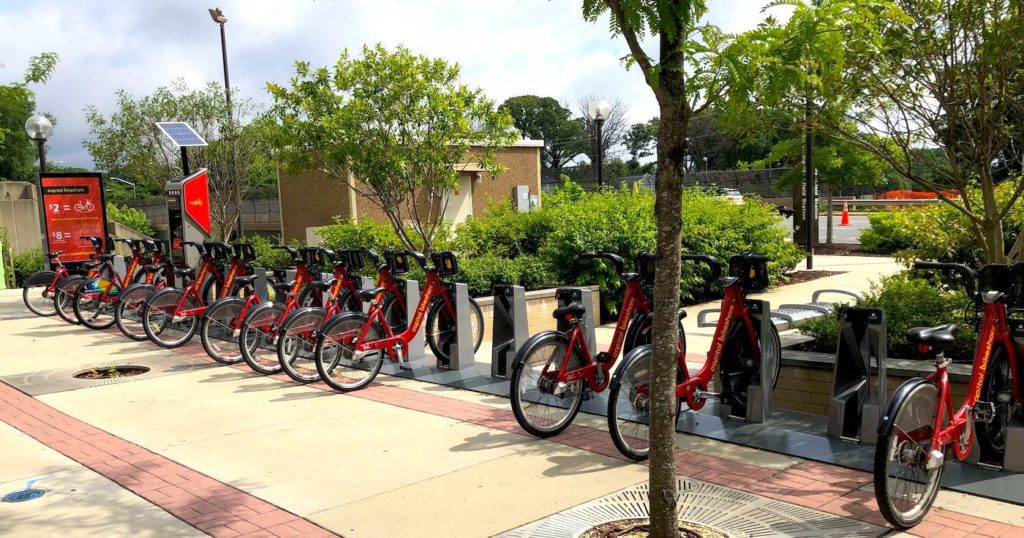
5.8 – Support the implementation of emerging mobility strategies
Goal:
“5.8 Support the testing, piloting, and implementation of emerging mobility strategies and technologies to evaluate low cost and nimble mobility investments.”
Solution: Electric Scooters
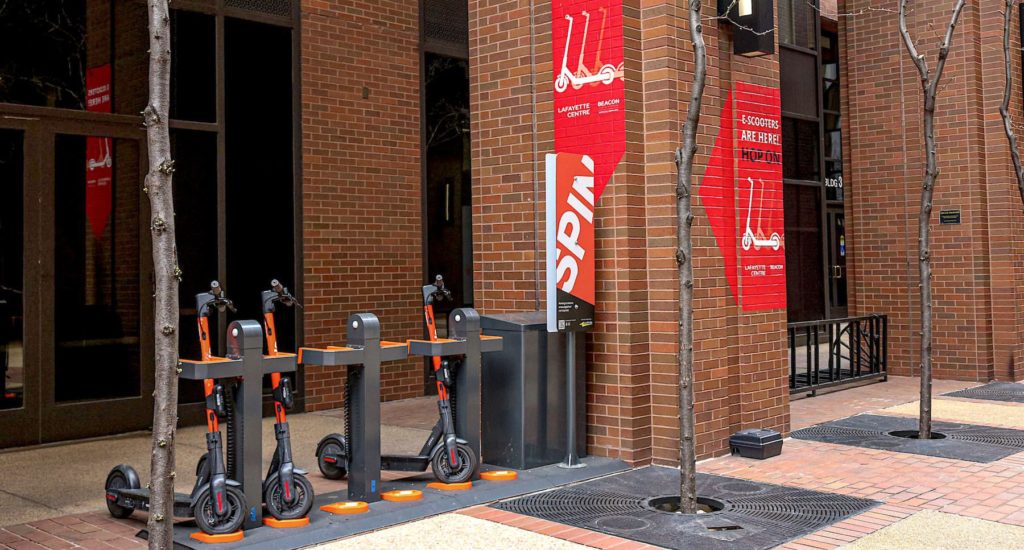
5.9 – Respond to shifting mobility preferences
Goals:
“5.9 – Monitor, measure and respond to shifting mobility preferences, behaviors and patterns.”
Solution:
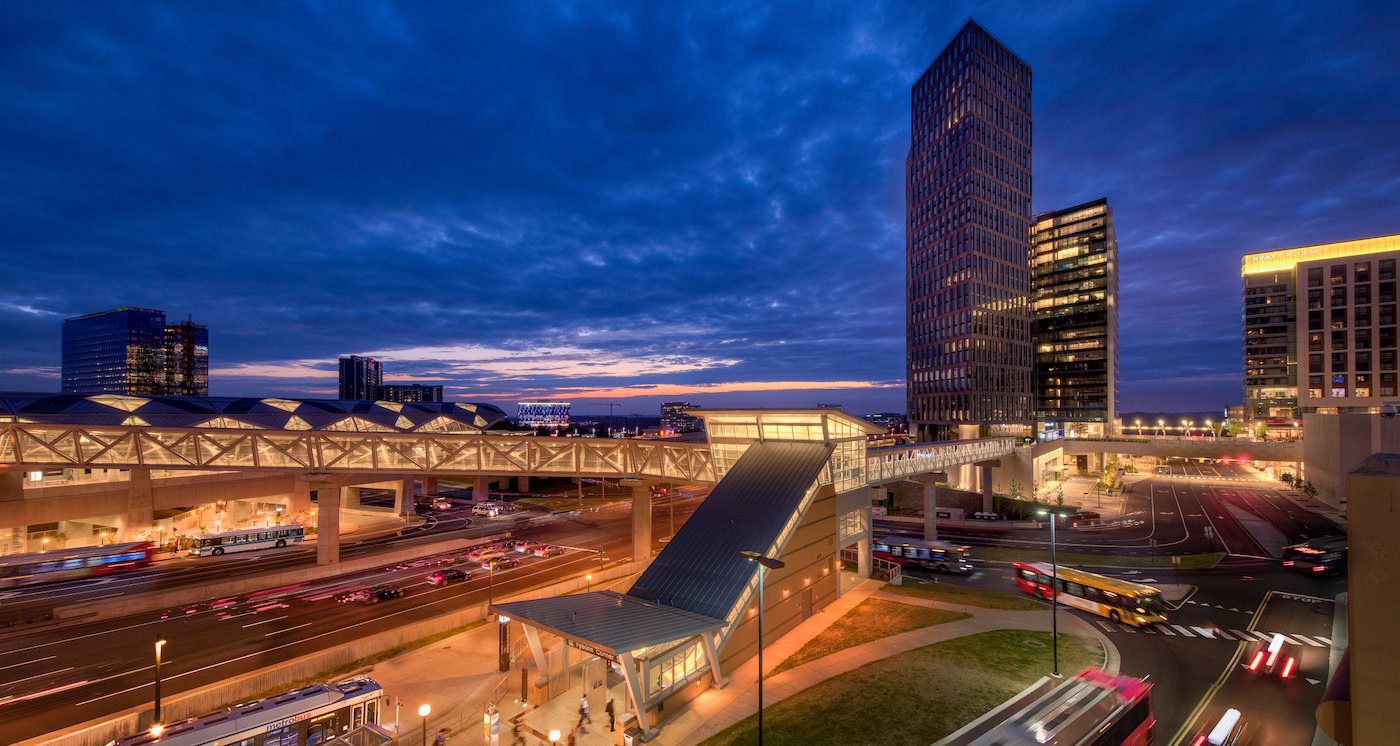
5.10 – Leverage technology and partnerships
Goals:
“5.10 – Leverage technology and partnerships to better manage congestion through advance planning, intelligent transportation systems, demand management, and shared public/private funding strategies.“
Solution:
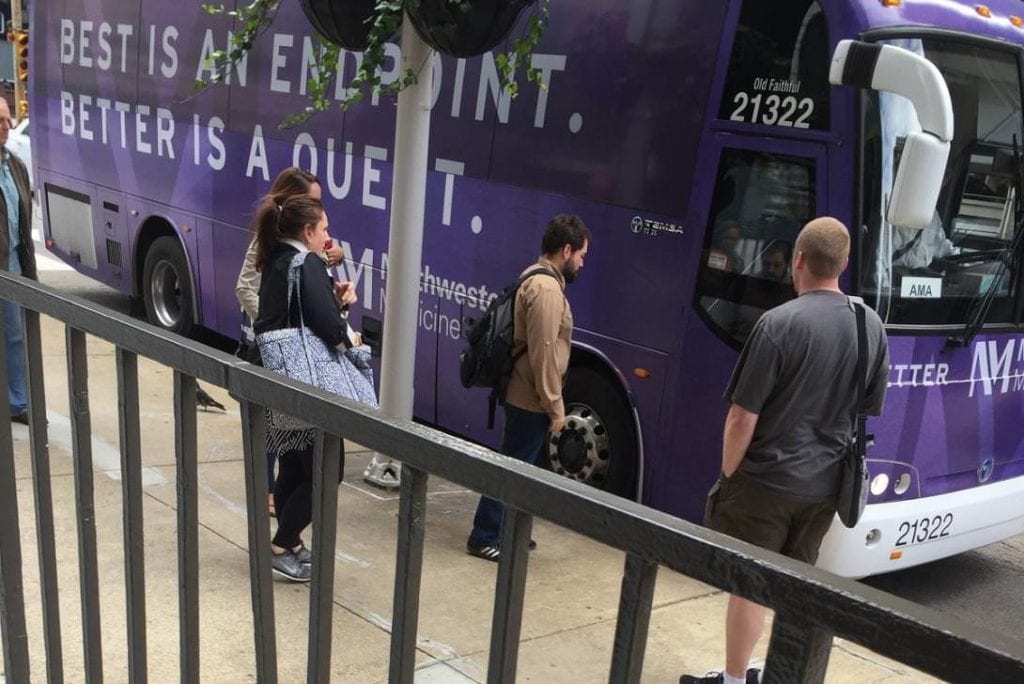
5.12 – Include TDM in development regulations
Goal:
“5.12 – Include in the development regulations an integrated Traffic Impact Study (TIS) / Transportation Demand Management (TDM) program that requires development and redevelopment projects to evaluate and address the multi-modal transportation impacts of the development.“
Solution:
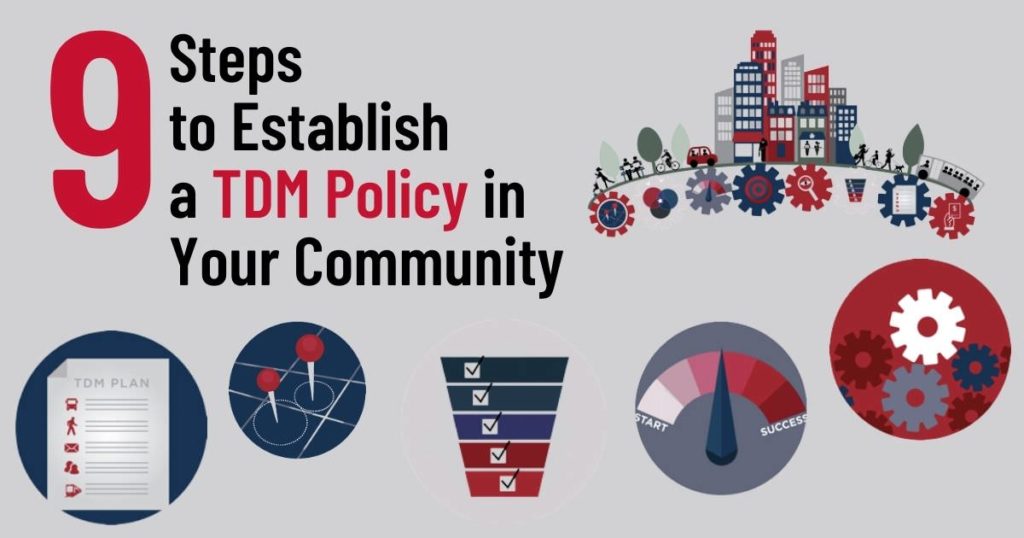
5.24 – Implement TDM programs to encourage modes other than single-occupancy vehicles
Goal:
“5.24 – Transportation Demand Management: Implement programs and projects that educate, encourage, and provide incentives for residents to choose travel modes other than single-occupant personal vehicles.”
Solution:
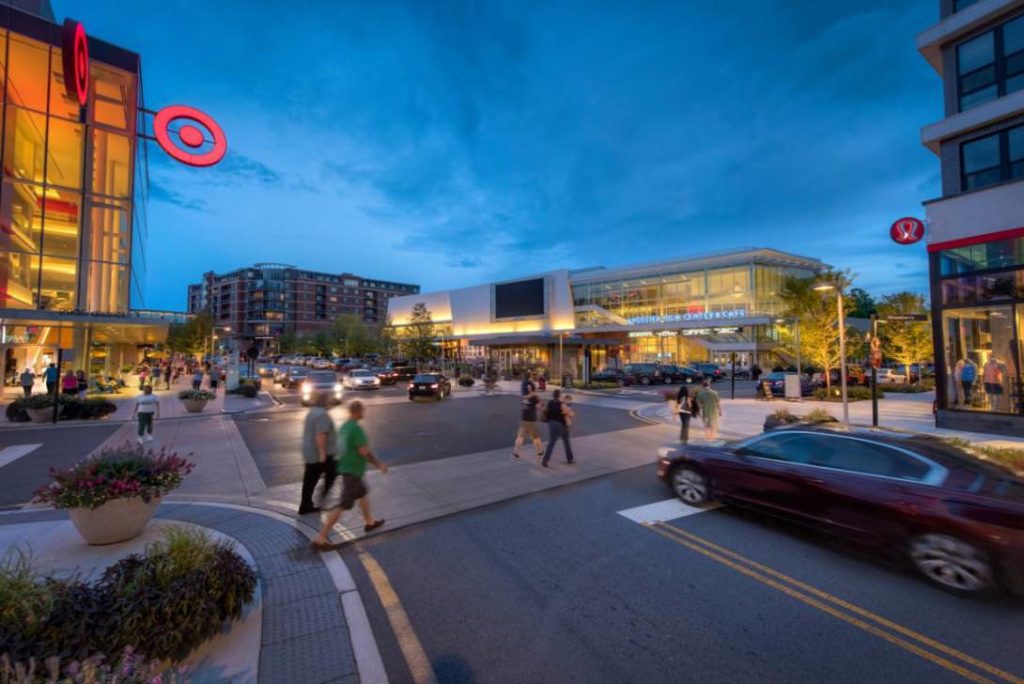
Conclusion: The Multimodal and Community Benefits of TDM Regulations, Strategies, and Programs
If effectively executed, these seven TDM policies can lay the foundation for the City of Charlotte to effectively achieve an aggressive increase in the number and percentage of residents and employees who choose travel modes other than single-occupant personal vehicles. We look forward to the prospect of these policies becoming formalized and working with the real estate sector to bring the results to life. You can learn more about our Charlotte-based transportation consulting team here.

